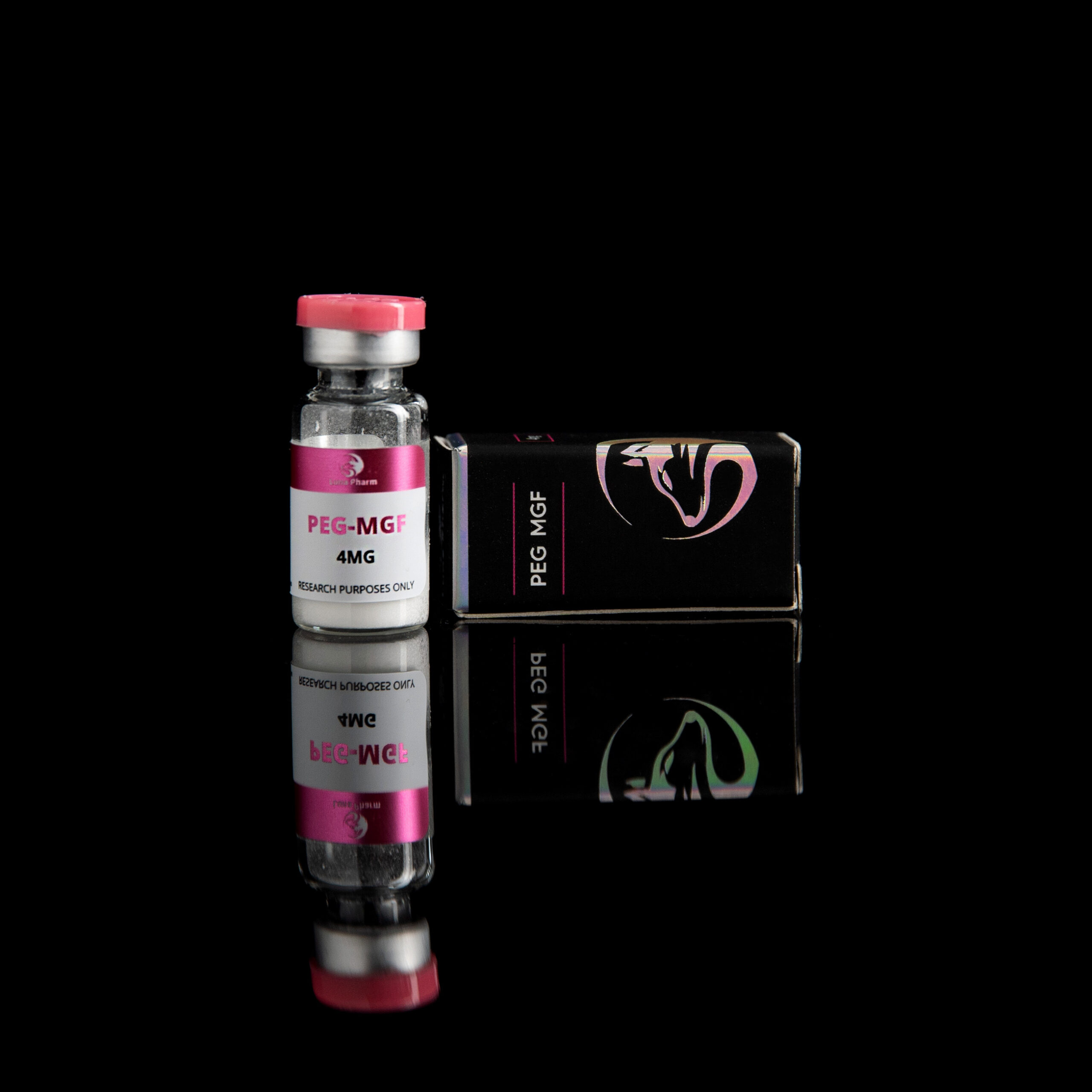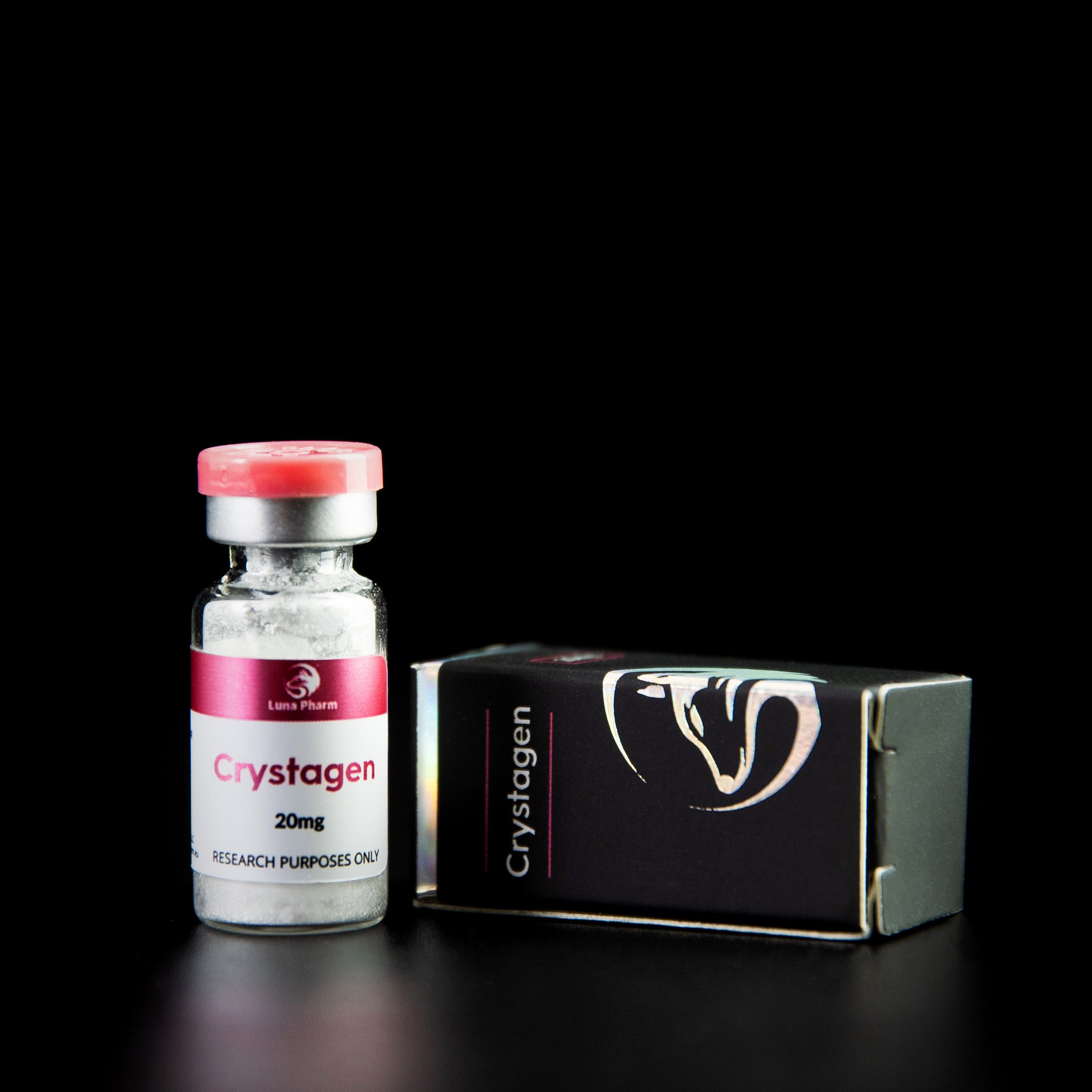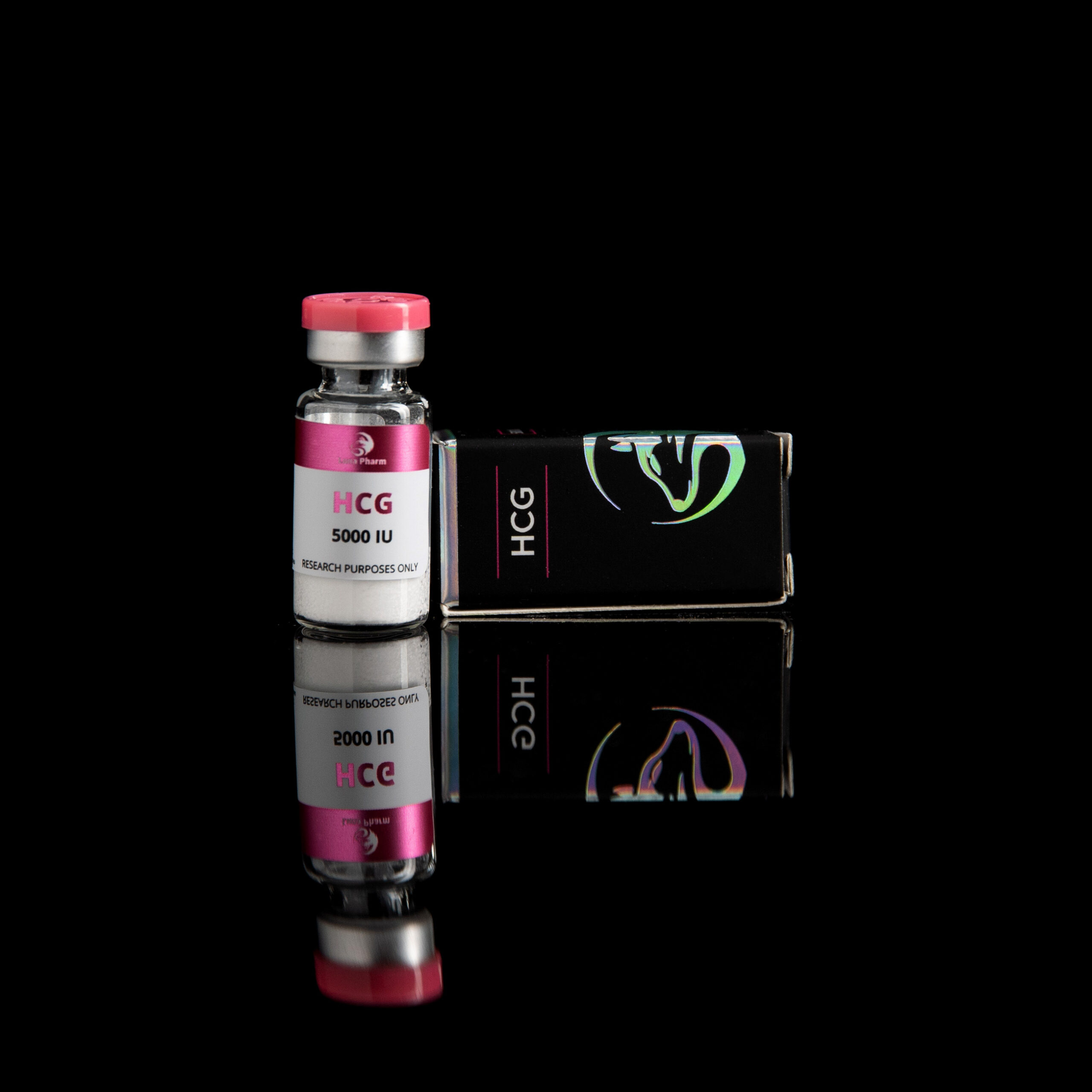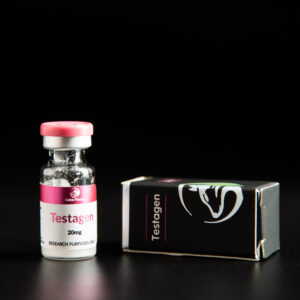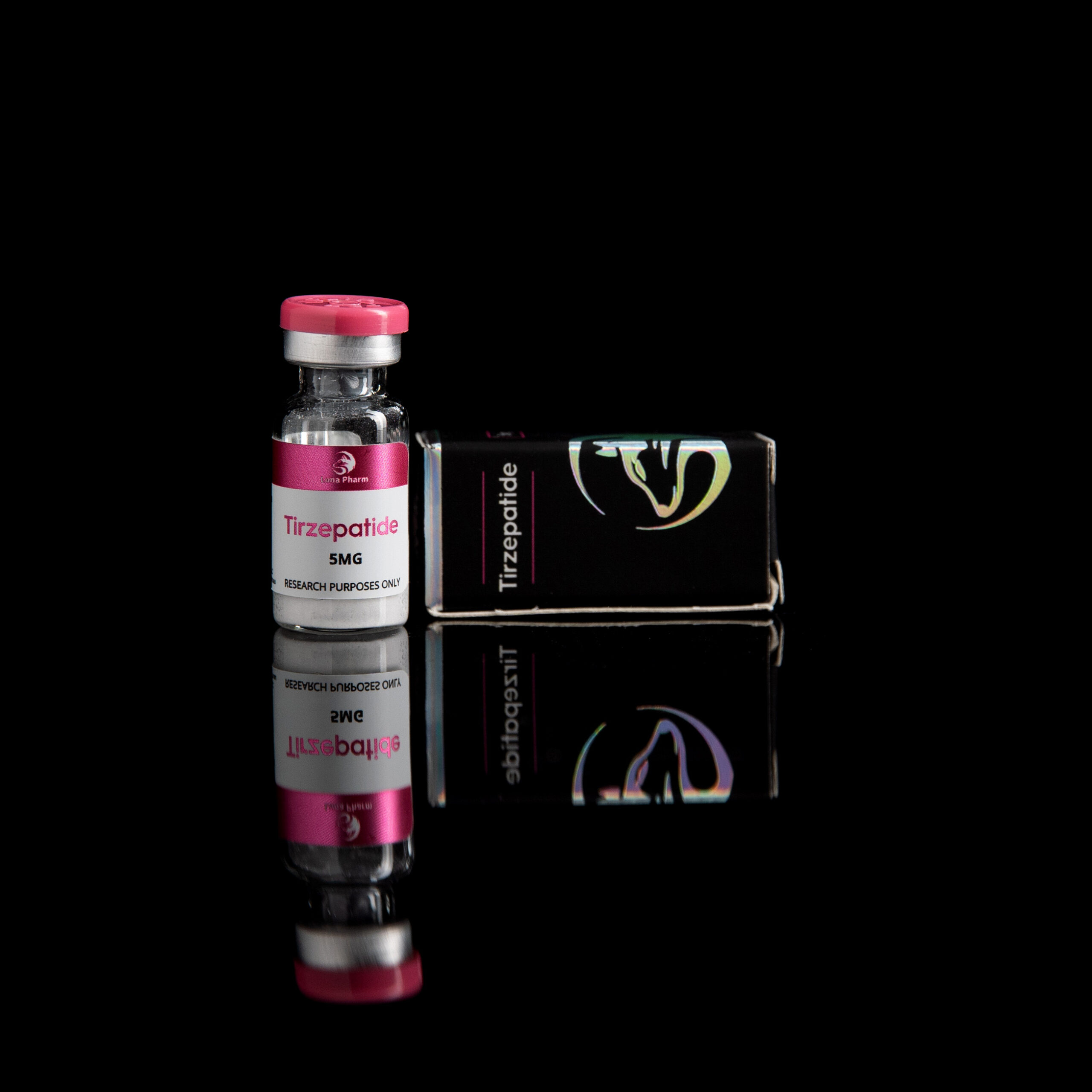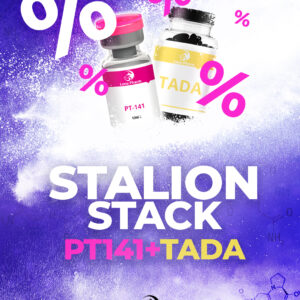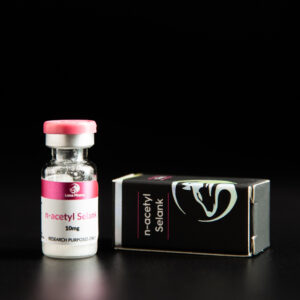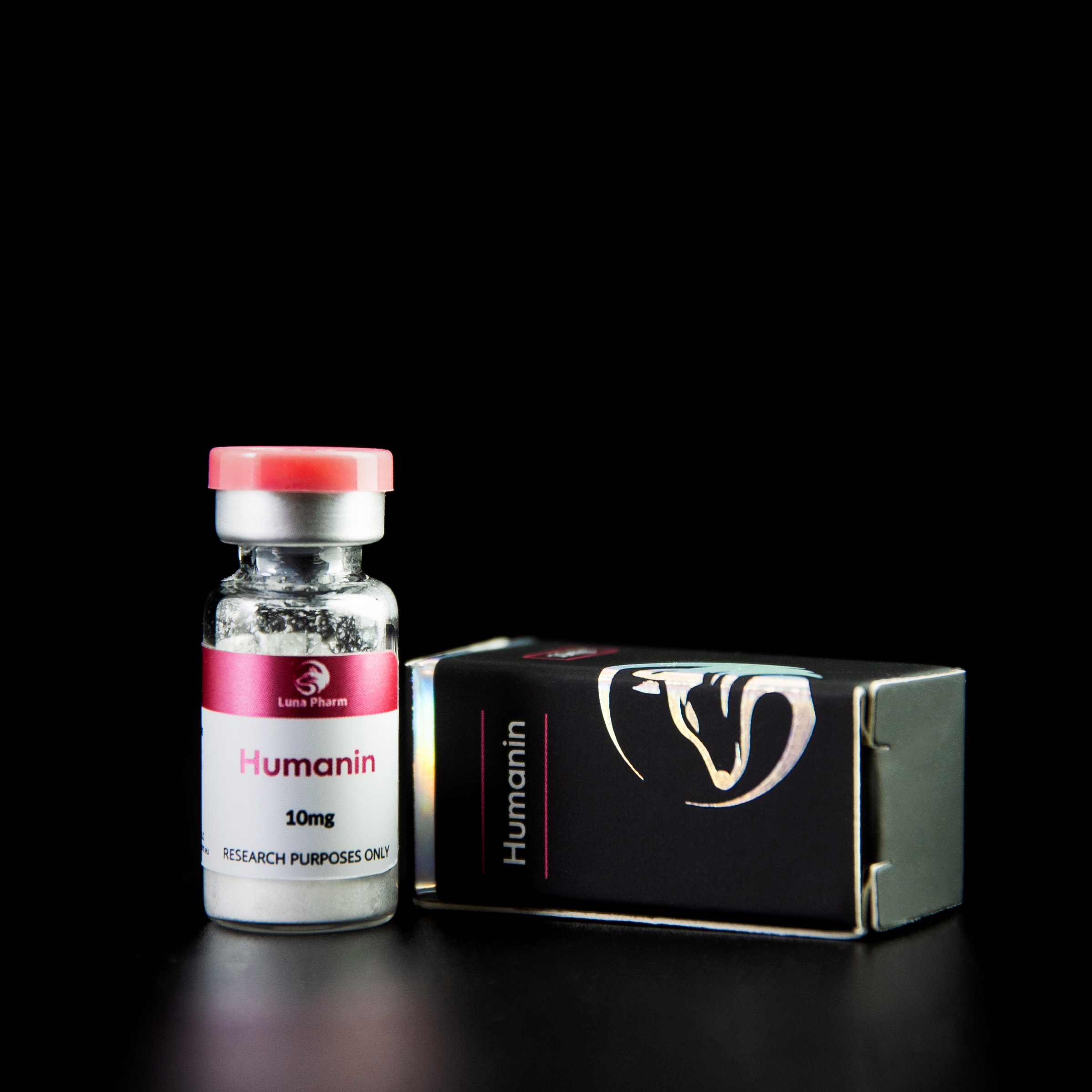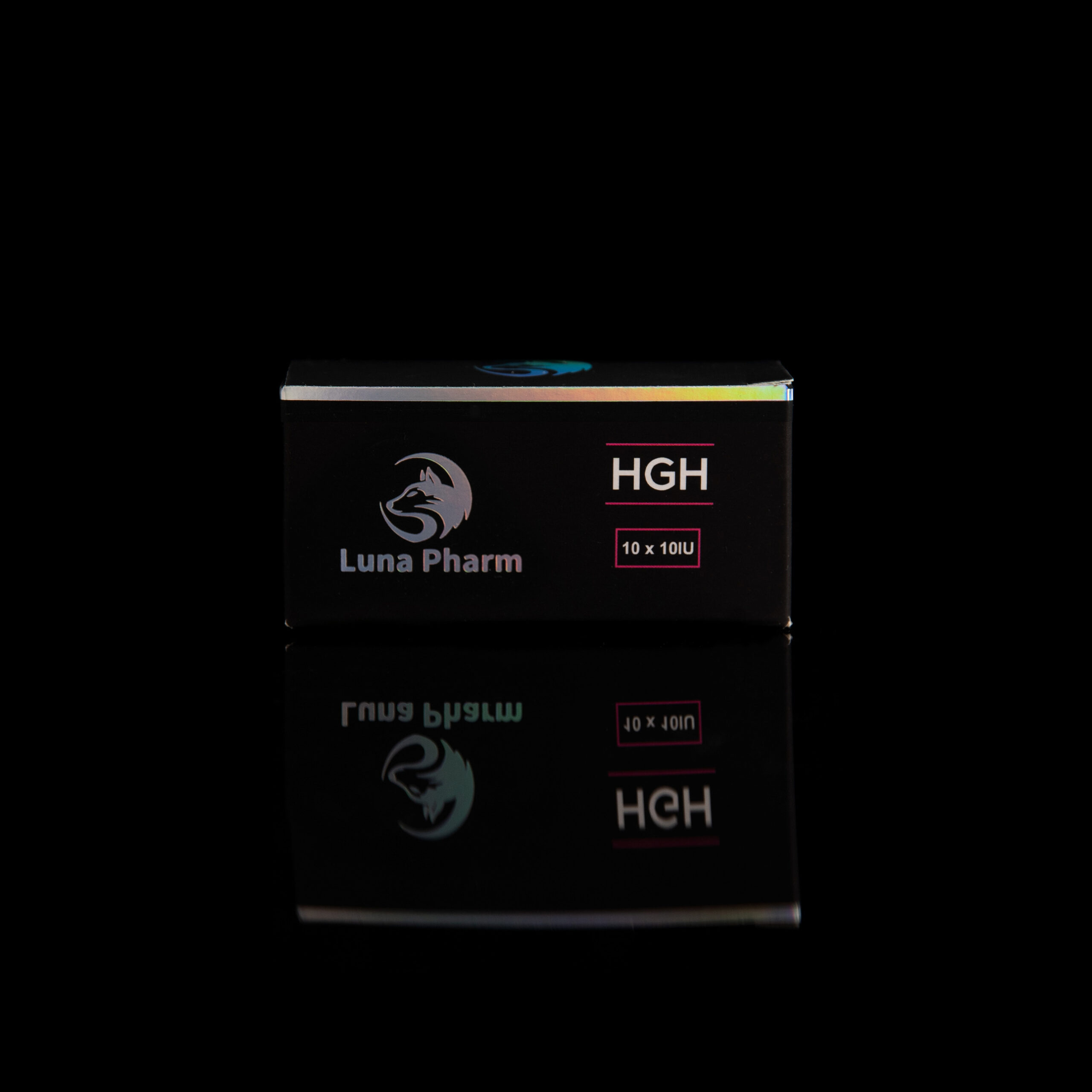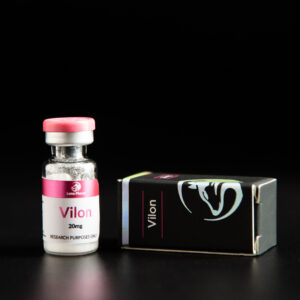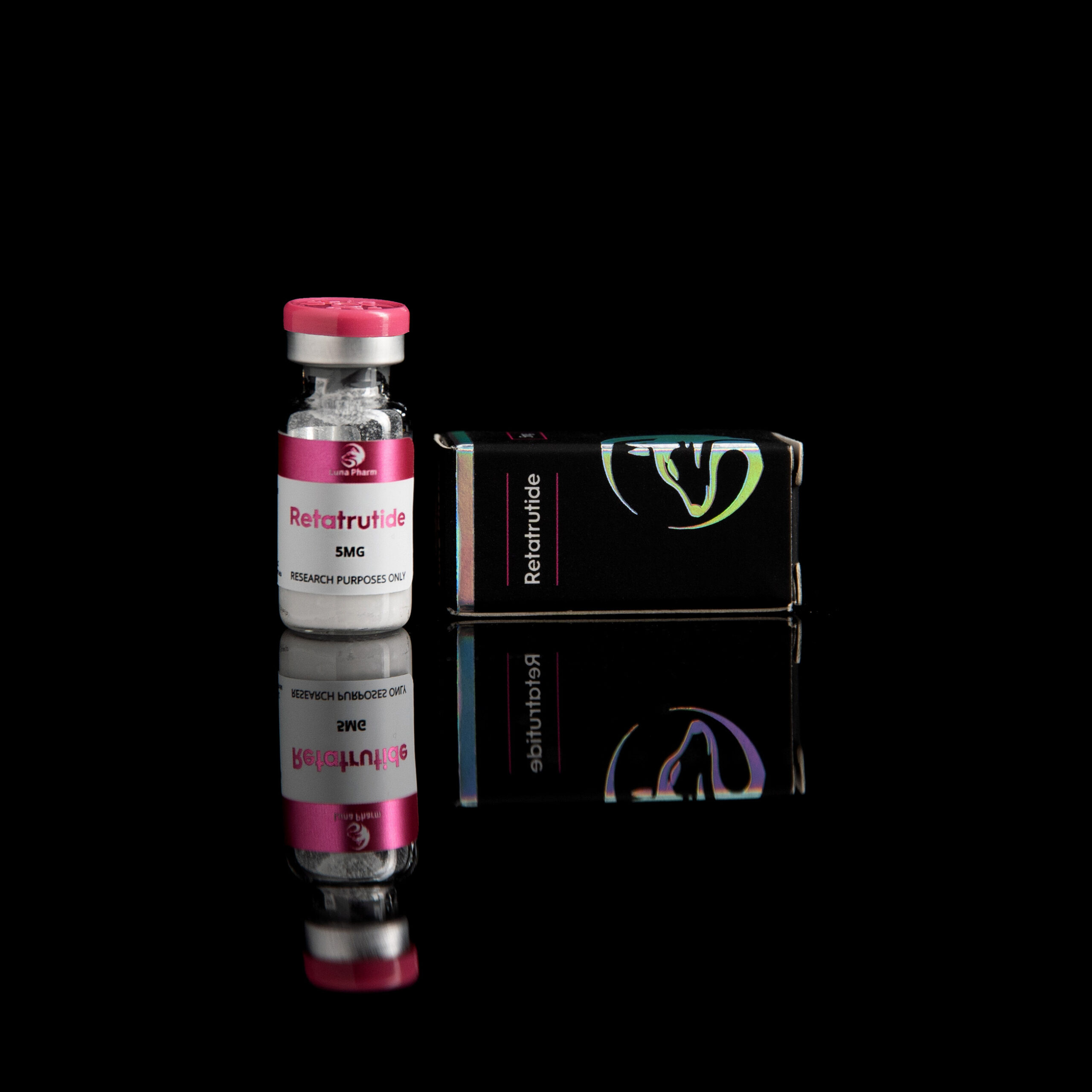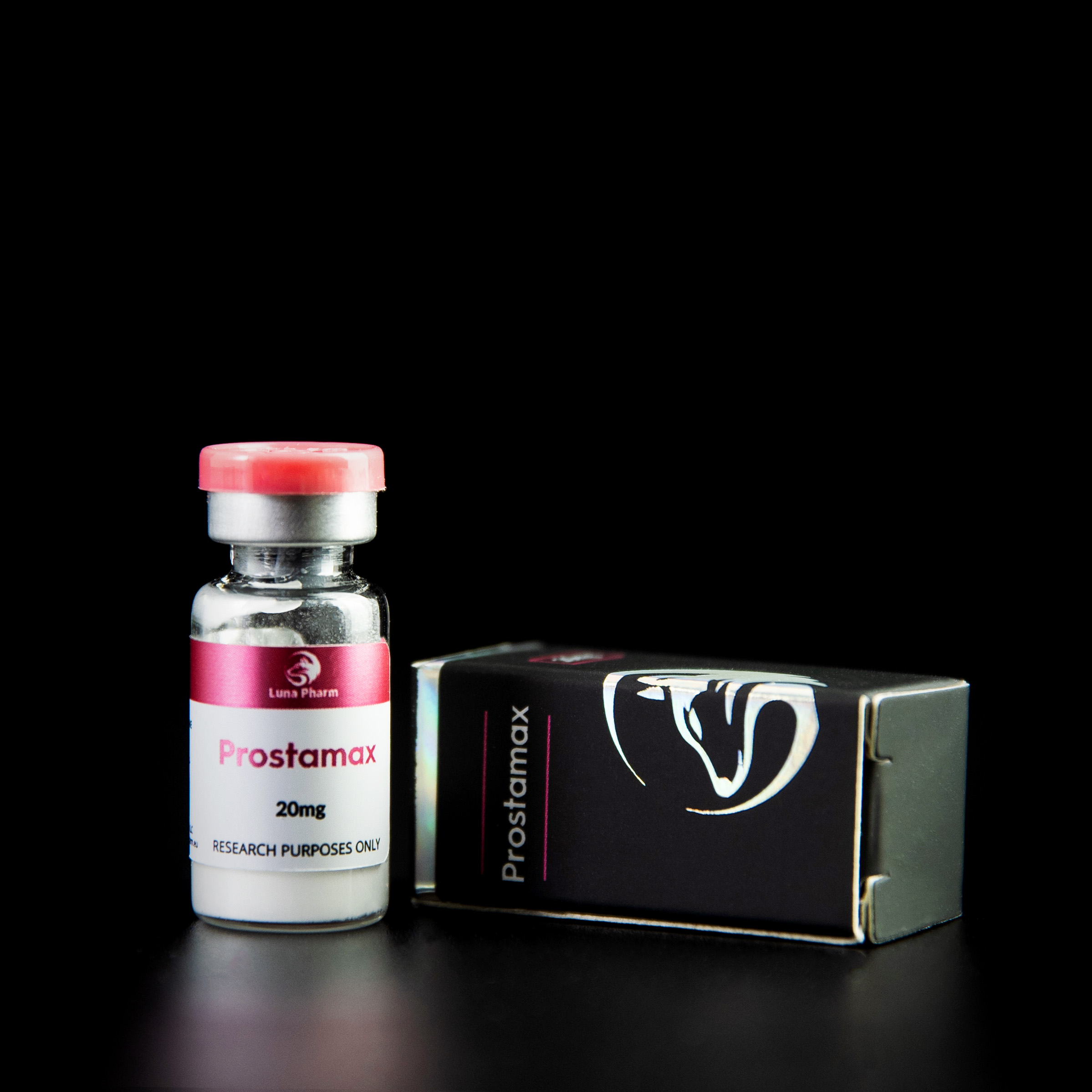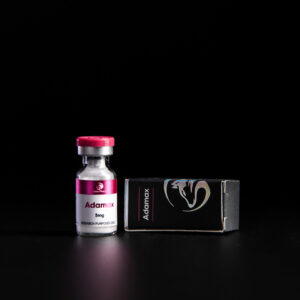Description
Local drug release can have many advantages in tissue repair, but it also poses serious challenges. Bioengineering approaches allow the fabrication of microstructures containing bioactive peptides for sustained local delivery.
MGF is a cleaved variant of IGF-1, but its sequence differs from the systemic IGF-1 produced by the liver. IGF-I is coupled toward MGF, which initiates hypertrophy and repair of local muscle damage. MGF is expressed by mechanically overloaded muscles and is involved in tissue repair and adaptation. It is expressed as a pulse after muscle damage and is involved in the activation of muscle satellite (stem) cells. These donate nuclei to muscle fibers that are needed for repair and hypertrophy process, which may have similar regulatory mechanisms. MGF is essential for repair and therefore new cell growth, as is IGF-1.
Since MGF has a relatively short half-life (5-7 minutes), MGF is pegylated. Pegylation is the addition of polyethylene glycol (PEG) to a peptide. Adding the PEG group is a safe and effective way to extend the half-life of MGF to 48-72 hours.
Primarily, MGF is used for conditions requiring anabolic enhancement, including bone and soft tissue repair (e.g., tendon, ligament, muscle) after injury, sarcopenia (muscle atrophy), stroke or heart attack. MGF is particularly beneficial for those requiring increased recovery and muscle building after eccentric muscle loading.
-Faster regeenration
-Cardioprotection
-Must have after heart attacks
-Reduction of inflammation

